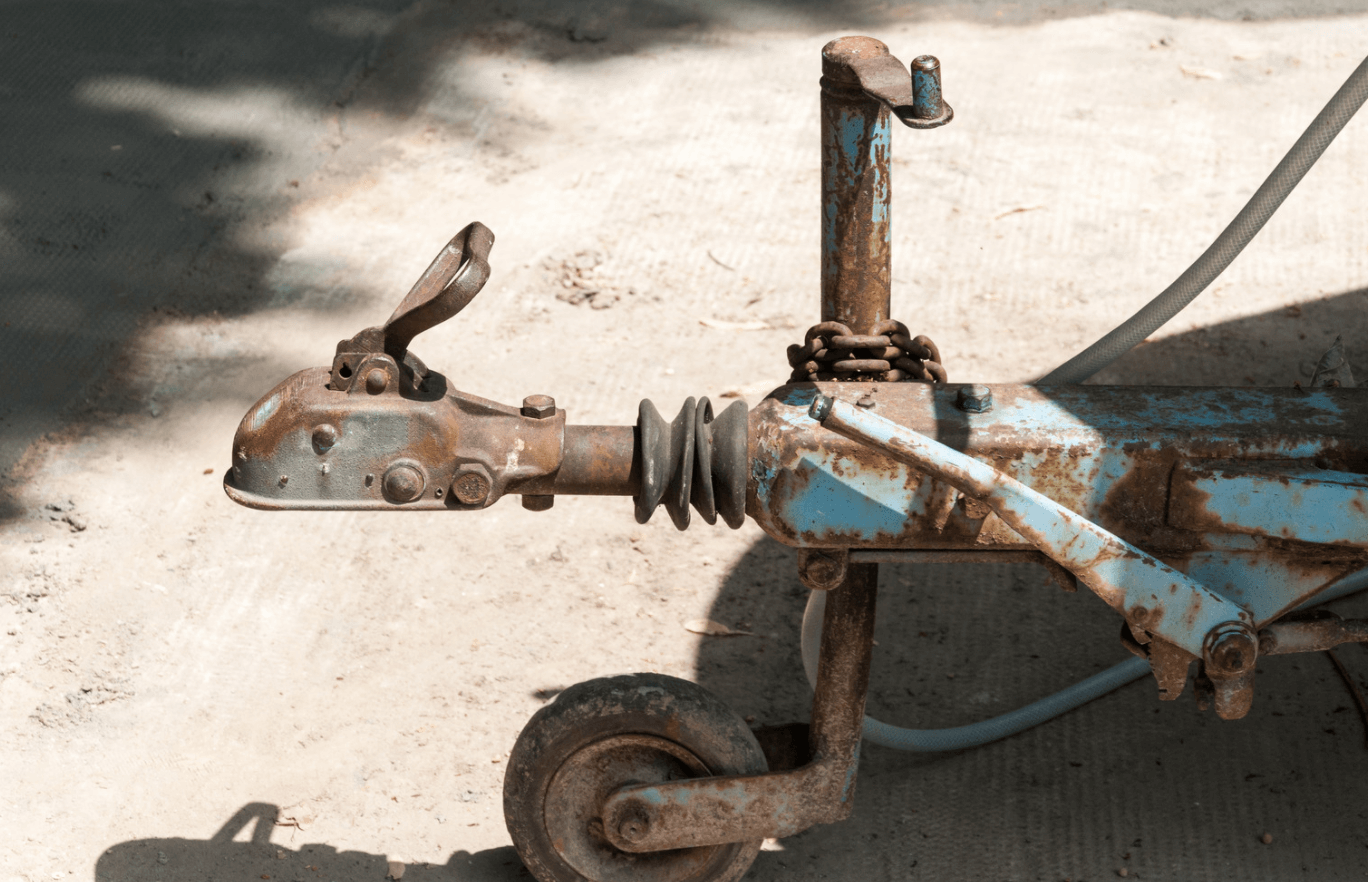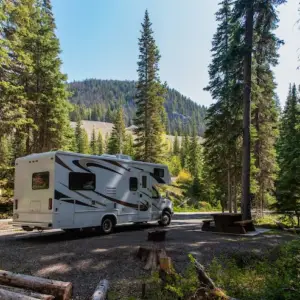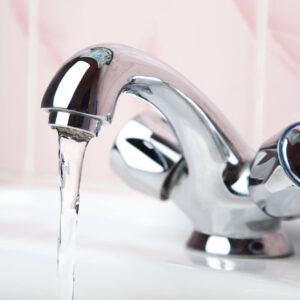How To Change A Jockey Wheel On A Caravan – A caravan jockey wheel is a basic mechanical device that is used to elevate and lower the coupling head off and on the tow ball and keep the front of the trailer steady when trying to manoeuvre it using the towing vehicle. To do this, jockey wheels are built to carry the trailer’s maximum nose weight comfortably. As a result, make sure the jockey wheel you’re using is appropriate for the trailer’s dimensions, gross weight, and reported nose weight.
The jockey wheel’s winding movement should be seamless and effortless at all times. This will make it easier for you and other users to wind the trailer jockey wheel. The caravan jockey wheel is a small but very important element of the caravan’s braking system.
Depending on the model, the jockey wheel is either held in place by several grub screws or nuts and bolts. However, it may also be riveted in place, and therefore removal will require you to drill through the fixing. The exact method for removing the old one is included in your caravans service manual. Once the jockey wheel is removed, you may need to clean up the hub and the axle track carefully.
Installation of new brake shoes is a reversal process of removal. The new brake shoe must be fitted so that its orientation on the axle matches closely with its former twin on the other side, including being mounted in the same direction.
If you find the axle is scored or bearing on either side, this will need to be replaced to ensure proper fitment with new brake shoes installed. Bearings are usually only required on the inner end of the axle, which holds the jockey wheel bearings. It is easy to determine if they are worn as the axle will allow the jockey wheel to wobble.
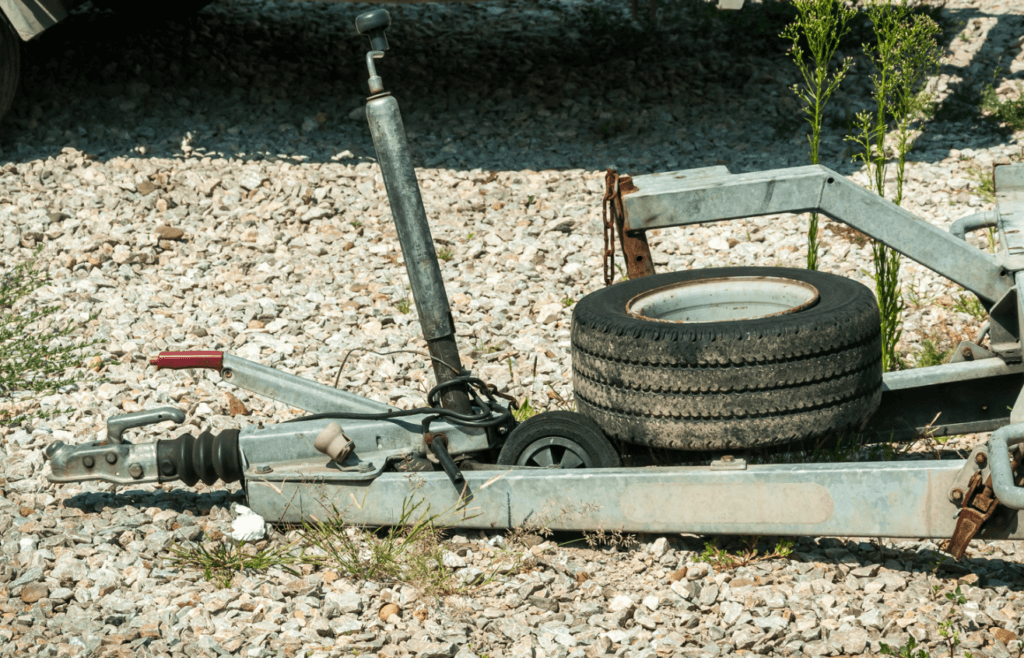
Once you have all of your necessary components, clean them thoroughly with a solvent and dry them off. If they are wet, the solvent can affect the adhesive on the brake shoes resulting in either reduced performance or failure!
Be sure everything is correctly prepared before applying any glue, as it must be done quickly after mixing and applying to the correct surfaces. If you are using a solvent adhesive, you will need to apply it to the metal backing of the brake shoe. If you are using adhesive tape, then cover the backside of the new jockey-wheel with the blue protective paper supplied with it.
Apply any solvent adhesive to the old brake shoe and allow it to dry before fitting the replacement jockey wheel. If you are using a solvent, make sure the metal surfaces are bone-dry, as this will ensure a strong glue bond. If you use adhesive tape, be sure that any blue protective paper is removed from the back of the new part, as this will prevent good adhesion.
Fitting the brake shoe is a reversal removal process, so again be very careful with orientation. The new brake shoe must be fitted so that its orientation on the axle matches closely with its former twin on the other side, including being mounted in the same direction (e.g., left or right, facing the front or back of the caravan).
The brake shoe is fitted first to one side of the jockey wheel, being sure to follow instructions on the adhesive packaging. Do not allow it to overlap onto the axle, preventing proper braking.
Once both brake shoes are fitted, you can re-fit your jockey wheel. If the brake shoes are correctly fitted, they should be pressed to touch the inside of their adjoining jockey wheel. This ensures that all parts are within touching distance. If there is a gap between any part of your newly fitted brake shoe and its adjoining surface, then you will need to redo it!
One last check is to look at the brake shoes from the tire side. Just as it should be with your wheels, you can check that they are not overly worn or fitted incorrectly by looking for any gaps between the braking surface and its adjoining jockey wheel.
Even after this has been completed, if your caravan does not have fully functional brakes, you will need to look at your brake pistons and seals, as the problem will likely be there.
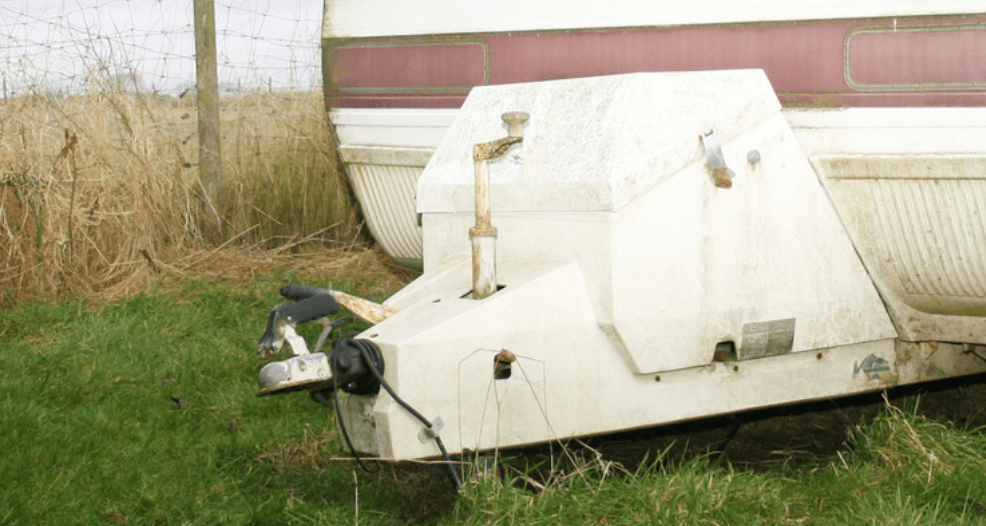
How To Change A Jockey Wheel On A Caravan – Are All Jockey Wheels For Caravans The Same?
There are quite a few different types of caravan jockey wheels to pick from. Solid plastic, rubber, air (pneumatic), and motorized are all options. They are produced in a variety of qualities and at varied pricing points.
Is The Use Of Jockey Wheels Universal?
Jockey wheels aren’t for everyone. They differ in diameter, which correlates to the number of teeth. The thickness varies. The centre hole diameter through which they are bolted to the cage varies.
How Do You Determine The Size Of A Jockey Wheel?
The load on the jockey wheel must be considered first. Determine the weight of your caravan, including when this is equipped with gear, plus the trailer’s weight, then add 20% as a safety margin. This is the maximum weight that your jockey wheel ought to be able to support.
What Is The Size Of A Jockey Wheel For A Caravan?
The sizes available are 35 mm, 42 mm, 48 mm, 48 mm serrated, 60 mm, and 63 mm. As a result, a 35mm lens would be the optimum choice for lightweight trailers. A 42mm would be required for bigger trailers and some unbraked boat trailers. Heavy-duty commercial trailers often require a diameter of 48mm serrated, 60mm, or 63mm.
How to change a caravan wheel?
Changing a caravan wheel can be a daunting task, especially if you are not familiar with the process. However, with some basic tools and a bit of patience, you can do it yourself and save some money. Here are the steps to follow:
1. Park your caravan on a level and firm surface, away from traffic. Apply the handbrake and chock the wheels on the opposite side of the one you want to change.
2. Loosen the wheel nuts slightly with a wrench, but do not remove them completely yet.
3. Use a jack to lift the caravan until the wheel is off the ground. Make sure the jack is placed under a sturdy part of the chassis and not under the axle or suspension.
4. Remove the wheel nuts and take off the wheel. Put it aside and check the condition of the spare wheel.
5. Align the holes of the spare wheel with the studs on the hub and slide it on. Replace the wheel nuts and tighten them by hand.
6. Lower the jack carefully and remove it from under the caravan. Use the wrench to tighten the wheel nuts in a criss-cross pattern, making sure they are secure.
7. Remove the chocks from the other wheels and check the tyre pressure of the spare wheel. Adjust it if needed and store the tools and the old wheel in a safe place.
You have successfully changed your caravan wheel. Enjoy your trip!
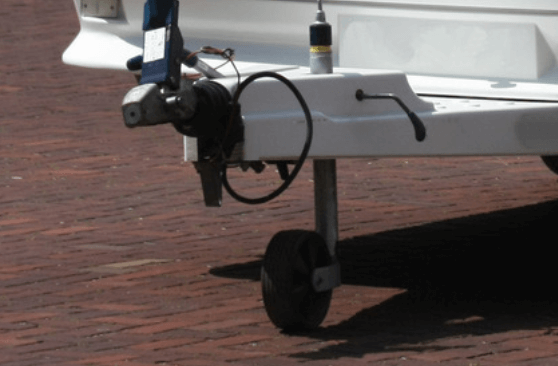
Summary
A jockey wheel is a small backup braking system. It holds the brake shoes against the inner drum of the caravan’s wheels, stopping the caravan. They are an effective and cost-effective replacement for faulty or worn-out brake shoes and make fitting new brake shoes quick and easy.
Always make sure you know your caravan’s brake system before buying a jockey wheel, as many now come with automatic brakes where a jockey wheel is not required. The appearance of a jockey wheel may vary as it will depend on the make and model of your caravan.
Manufacturers’ warranties may be affected by the fitting of this replacement part. If in doubt, do not fit a jockey-wheel without first checking with your manufacturer.
